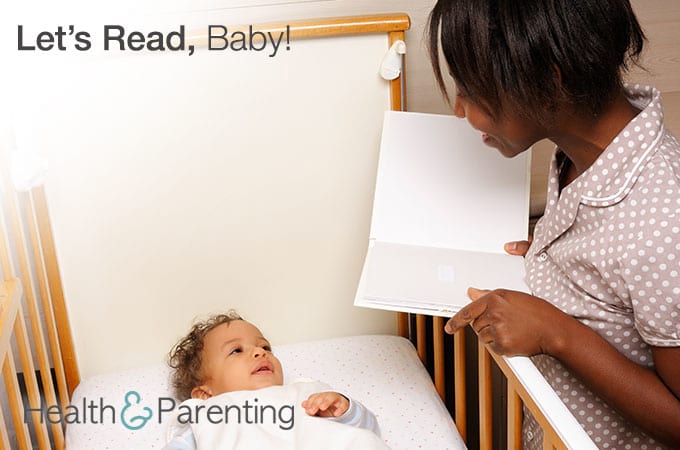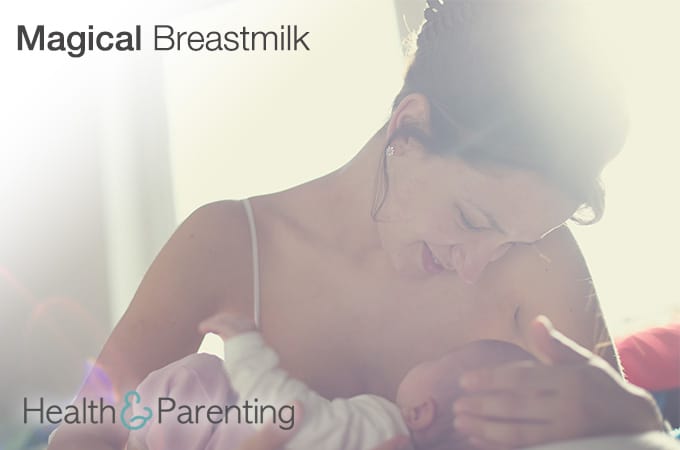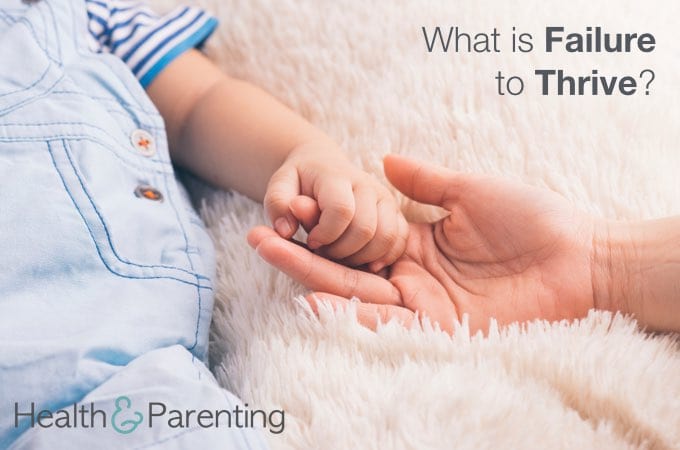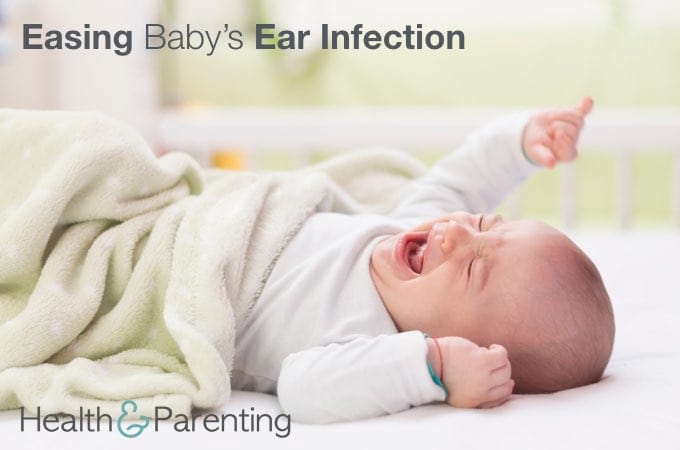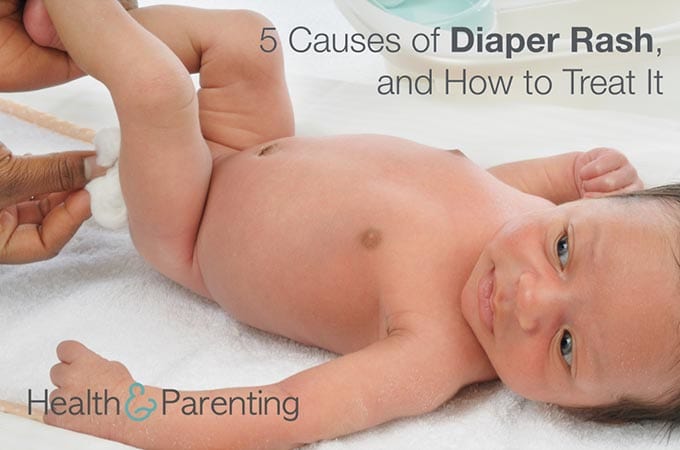It’s never too early to start thinking about cultivating a love of reading. But how can you do this with the little bundle all swaddled in a blanket in the cradle?
Read to your baby. Even if you’re reading the New York Times to your newborn, he will not only enjoy hearing your voice, but will learn about sounds and patterns of sounds. Change the inflection of your voice, and read with feeling.
Tell your baby stories. You don’t need to be an expert storyteller or to know every detail of a fairy tale. Simply use your imagination and tell your baby a tale. Even if you’re talking about grocery shopping or changing his diaper, your baby will attend to the changes in your voice and will expand his vocabulary.
Your very young baby will prefer faces to any other pictures, so choose books accordingly. Consider books with textures and bright colors. As your reading, change the inflection of your voice, or make different voices for the different characters.
Make reading routine. Read a book or two to your child before nap time or bedtime every day. Be sure to follow your baby’s cues for when he’s had enough, though. Make sure your children see you reading, too! Children will imitate what they see you doing regularly.
Once your baby can start to handle books on his own, make sure he has lots of board books he can play with. He may chew the edges and not really understand going from start to finish, but the more you read the books out loud with baby in your lap, the more familiar he will become with a routine. After a while, try skipping a page of his favorite book, and you’ll see that he has already memorized it!
As your baby gets older, be sure to keep lots of books at baby-level (not on a high shelf). Allowing your baby to manipulate and play with books, in addition to reading books to him, will set him on a path to the love of the written word.
Take your baby to the library. Often the children’s department will have programs for different age levels. Ask a librarian for book recommendations, and tell your baby all about the wonders found behind a library’s doors.
Literacy is about more than just reading words on the page. Understanding conversation and context are also part of the equation. Every interaction you have with your baby – from birth on – helps baby to read signals around him, from body language to feelings to vocabulary and more.
Written by Michelle, childbirth instructor, lactation consultant, and mother to 4 busy kids
This information is not intended to replace the advice of a trained medical doctor. Health & Parenting Ltd disclaims any liability for the decisions you make based on this information, which is provided to you on a general information basis only and not as a substitute for personalized medical advice. All contents copyright © Health & Parenting Ltd 2016. All rights reserved.

